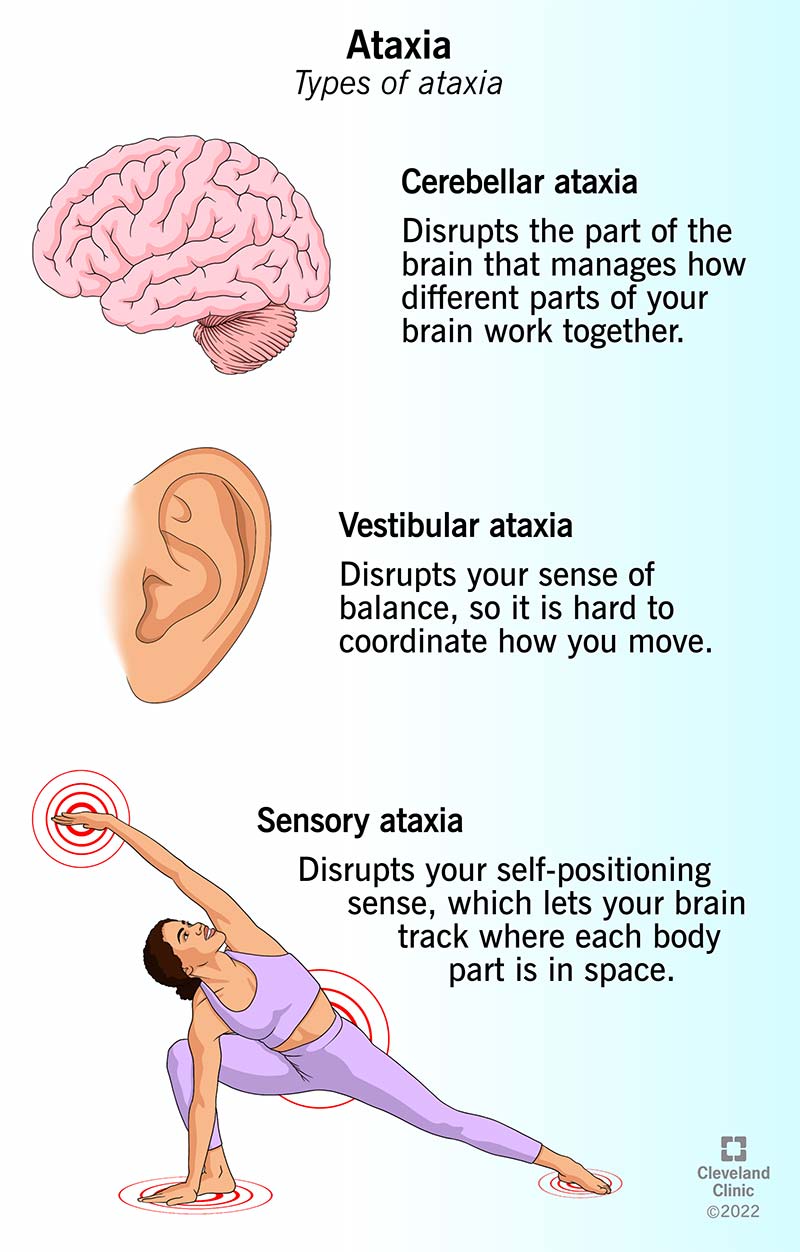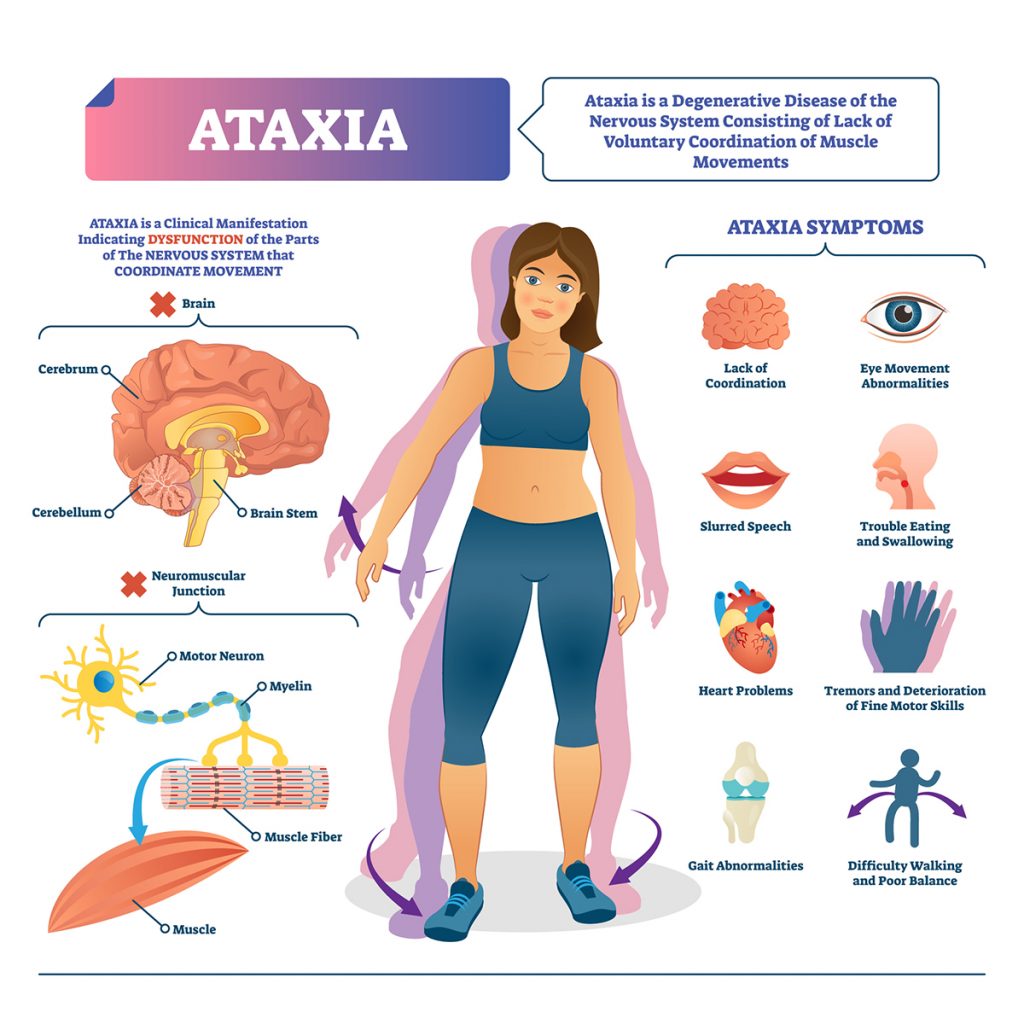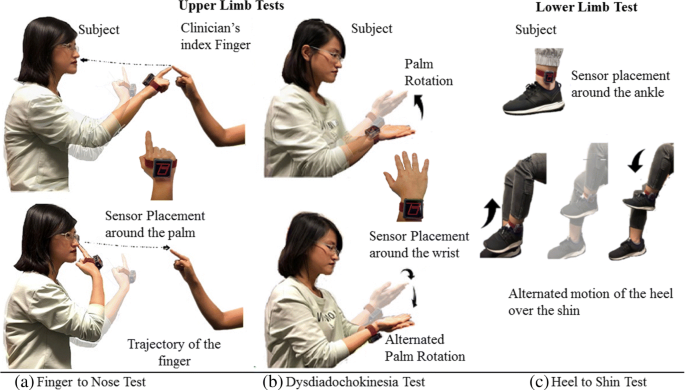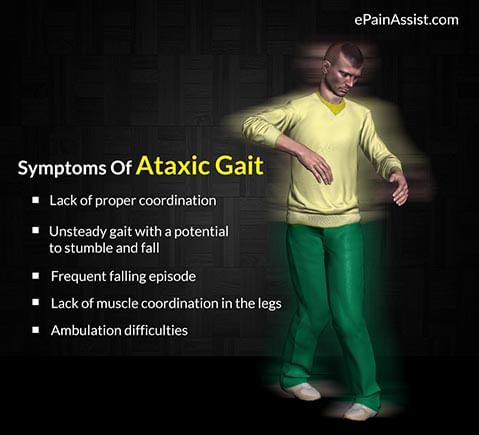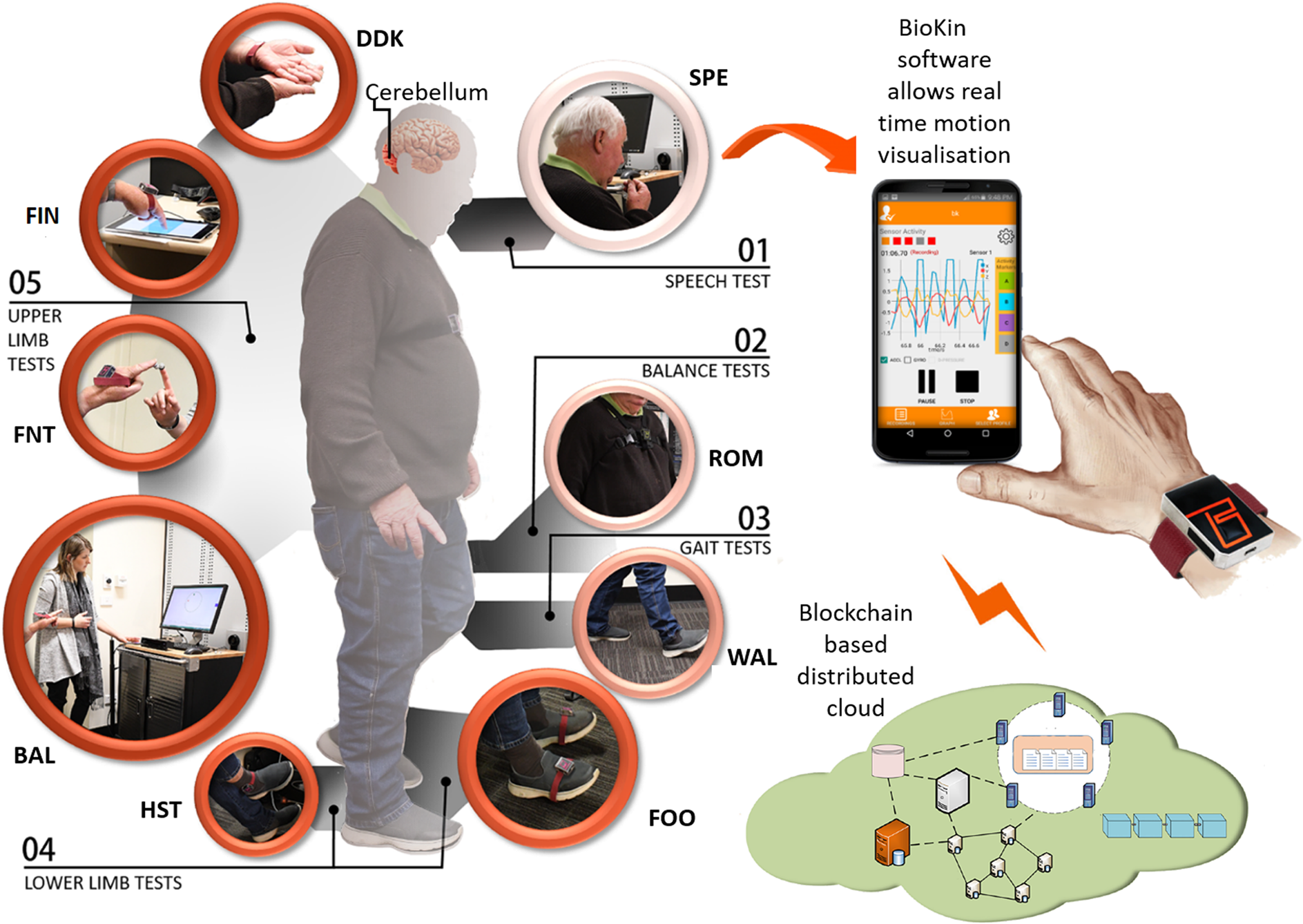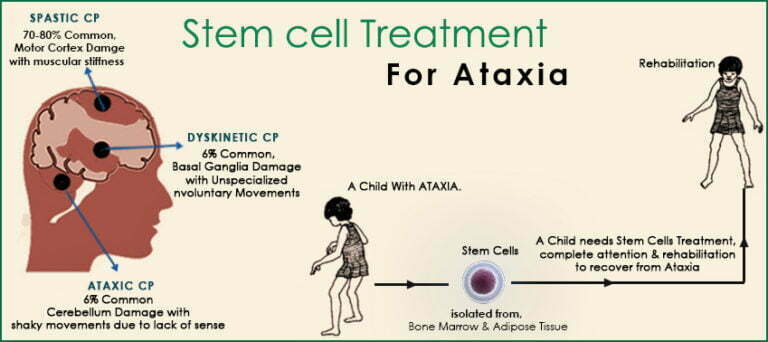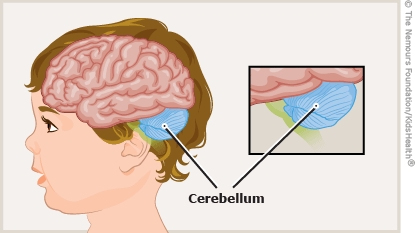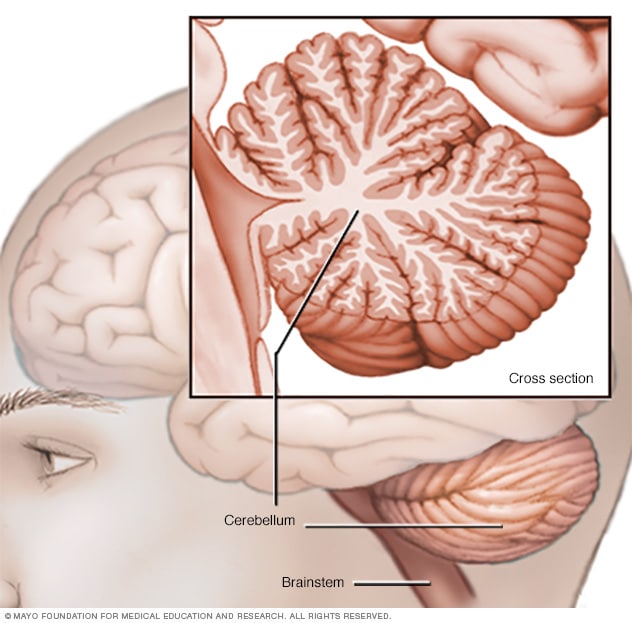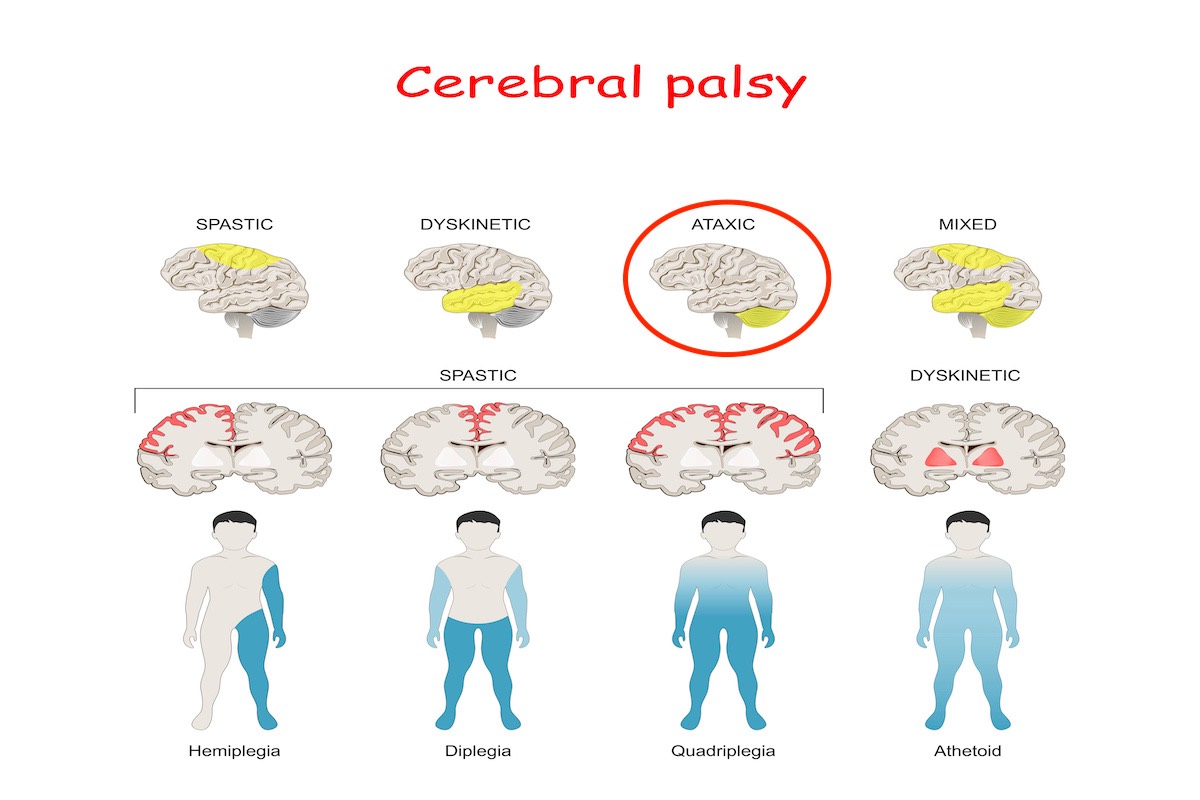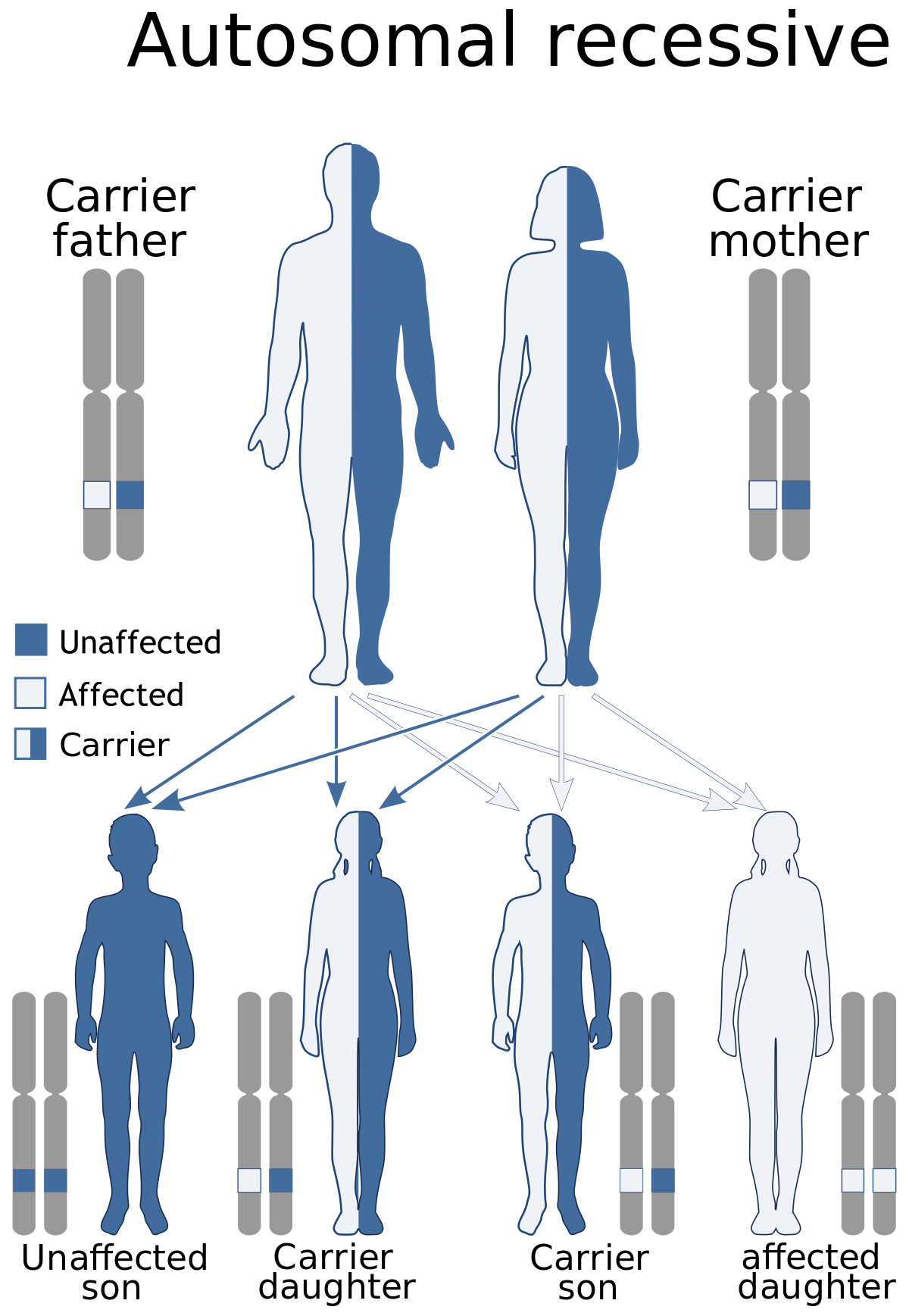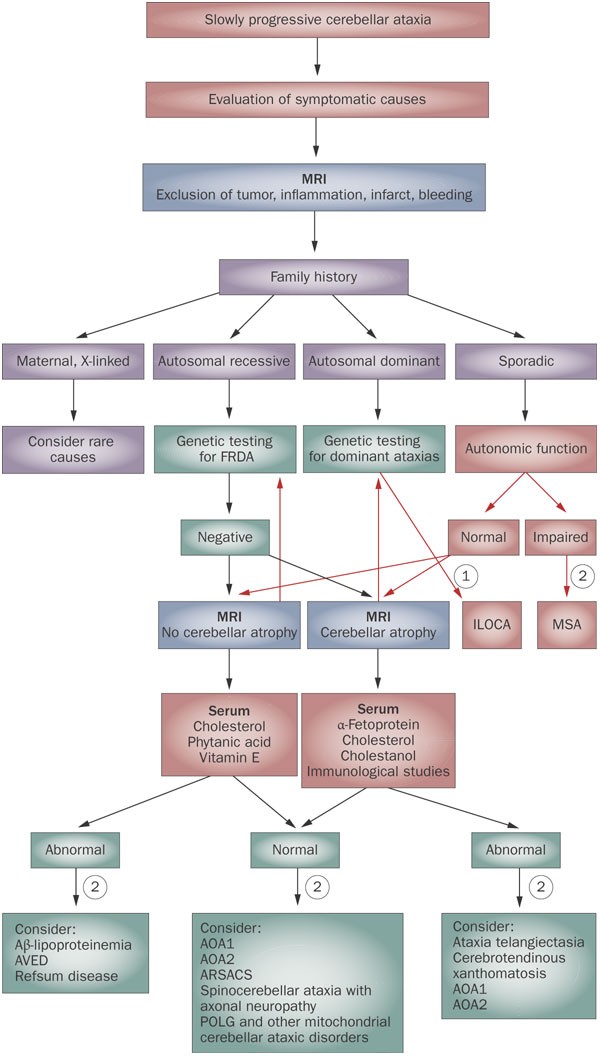Fine Beautiful Tips About How To Diagnose Ataxia
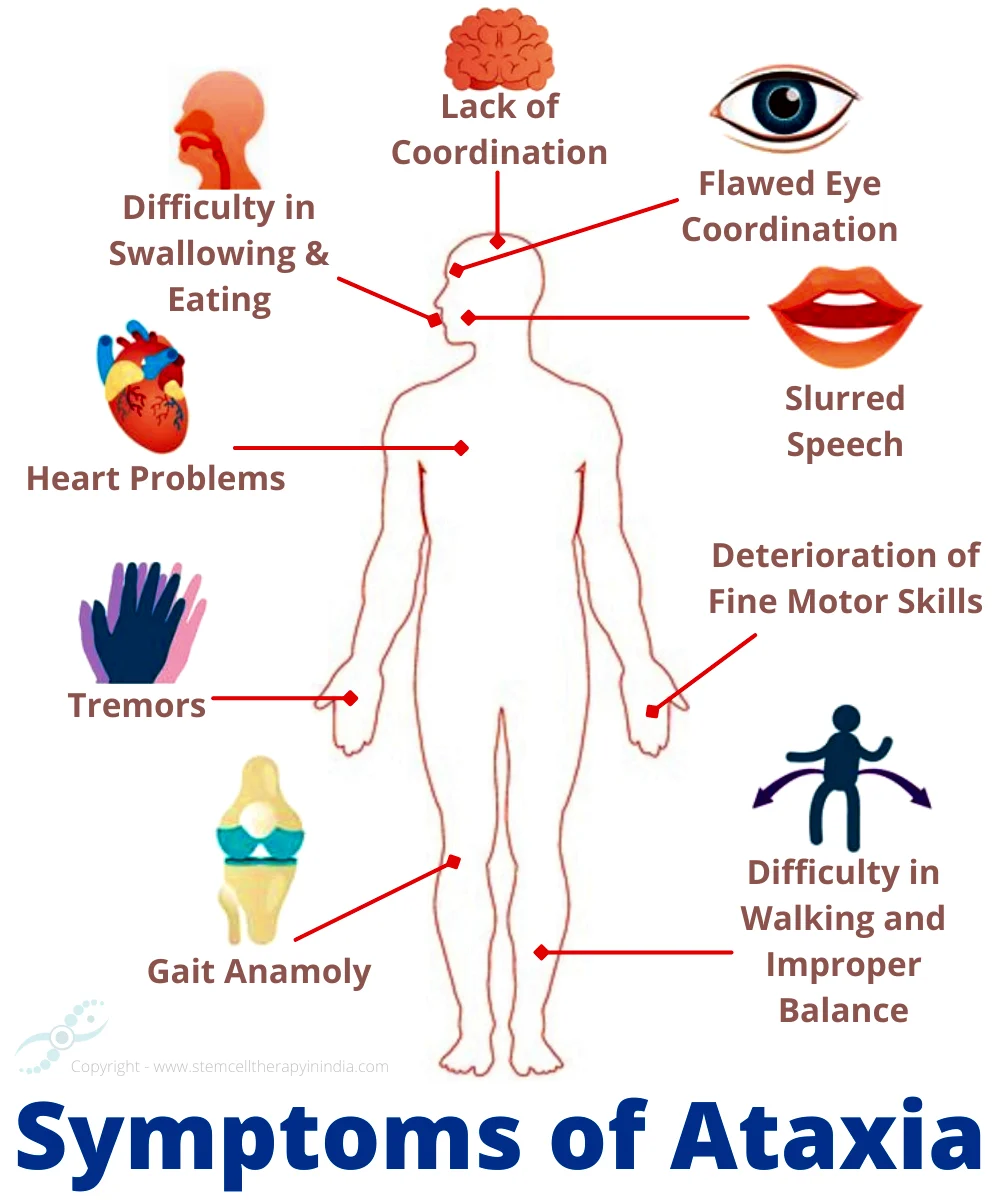
The diagnosis of ataxia is based on the identification of diseases in the patient’s family and the presence of ataxia.
How to diagnose ataxia. Looking at a person's body to check for normal findings and any changes that may indicate a diagnosis. Your healthcare provider may recommend tests to look at your brain and nerves. These are available for some types of inherited ataxia and involve taking a blood sample.
Eeg of the brain in pierre marie’s ataxia and friedreich’s ataxia reveals the. It’s usually a sign of a problem with an area of your brain, ears or. Ataxia is when you have a problem with coordination, causing you to move in an uncertain, awkward or even clumsy way.
They are then classified by the location of the defective. Medical history, family history, and a neurological evaluation are used to diagnose ataxia. Friedreich's ataxia (fa) typically has its onset in childhood, between 10 and 15 years of age, but has been diagnosed in people from ages 2 to 50.
Acute cerebellar ataxia (aca) is a disorder that occurs when the cerebellum. If a pattern of cerebellar ataxia is present in the family. The symptoms of ataxia may look like other conditions or medical problems.
Blood tests can be used to help determine the cause of your ataxia, particularly if it’s due to an infection, vitamin deficiency, or hypothyroidism. Learn about the symptoms, causes, diagnosis, treatment, and prevention of acute cerebellar ataxia. A diagnostic workup includes physical and neurological examinations, genetic and blood tests,.
Diagnostic imaging studies let doctors look inside a patient's body for. A later onset is usually associated with a less. What tests do healthcare providers do to diagnose episodic ataxia?
